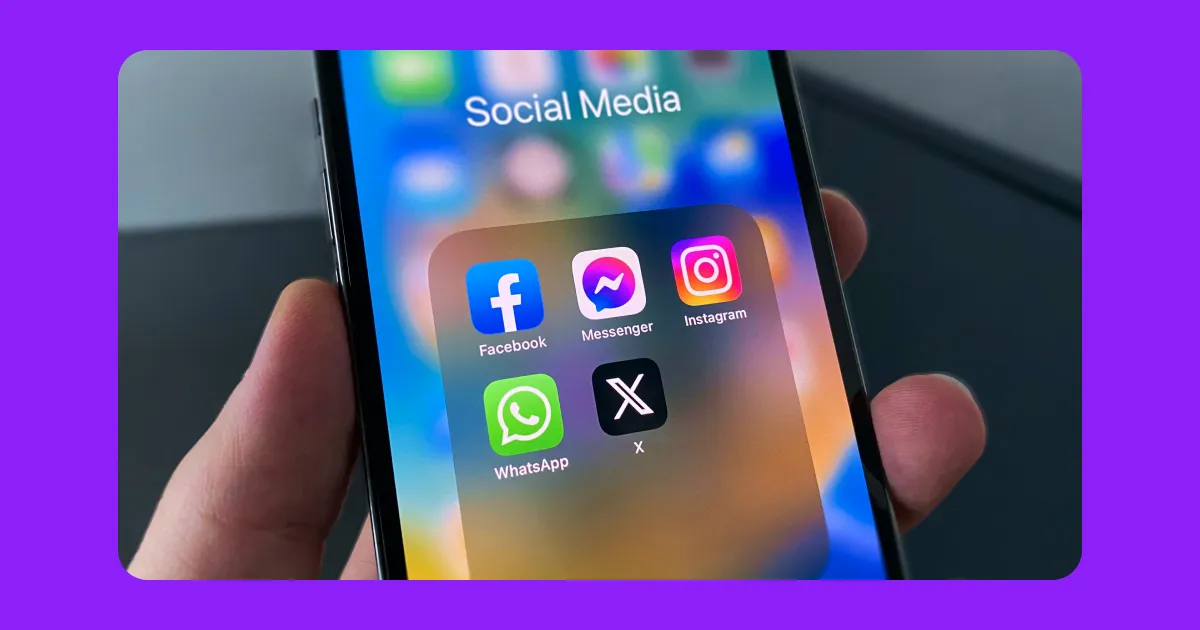Alt text refers to short descriptions that explain what’s happening in an image. This makes it easier for visually impaired people and search engines to understand the picture’s content.
Learn what alt text is and how to write it to create a more friendly user experience and boost your content’s visibility.
What’s Alt Text?
Alternative text, or alt text, explains the content of an image on a web page. Visually impaired people use screen reading tools to read these image descriptions aloud. Similarly, search engines use alt text to understand an image’s content and context.
This description is part of a picture’s HTML code. Teams can add it directly to the code or upload it to a content management system. The tag itself looks like this:
<img src=“example-image.jpg” alt=“Alt text goes here”>
You can’t usually see alt text unless an image doesn’t load. In that case, the description will appear rather than the picture. This differs from a caption, which is always visible.

Why Is Alt Text Important?
Using alt text for images in your social media posts offers several benefits, including the following.
Improved Accessibility
In terms of social media, accessibility means writing posts while keeping disabilities like visual impairments in mind. Making accessible content increases your reach and shows that you care about each audience member.
Write clear explanations so people who use screen readers can understand your page’s visuals. Say you post a photo of a dog licking ice cream. Adding alt text lets folks with screen readers know the image is of “A golden retriever licking a vanilla ice cream cone.”
Better User Experience
Alt text provides a better experience for everyone — not just people with visual impairments. For example, pictures may not load if someone has slow internet. This means readers might miss out on important context for your post. In this case, the site will show the alt text instead of the image so folks know what visuals you tried to use.
Optimized Content
Search engine optimization (SEO) involves following various tips and tricks to improve your search engine results page ranking. Tactics include using relevant keywords, fixing broken links, and adding alt text.
Here are a few reasons to use alt text for SEO:
- Targeting — Image descriptions allow search engines to understand your content and show it to the right audiences.
- Ranking — Platforms like Google prefer sites that focus on helping people. So, if search engines find alt text on your page, they may rank it higher.
- Searching — Using keywords in alt text means when people search for related terms, they might find your post.
How To Write Alt Text for Social Media: Best Practices
Here are some alt text best practices to get the most out of your image descriptions.
Avoid Emojis
Emojis are common across social media, but screen readers have trouble understanding these characters. Assistive technology may not be able to communicate the meaning behind the emoji. Instead, stick to plain words to share your message as clearly as possible.
Be Descriptive Yet Concise
It’s tempting to jam-pack your alt text with keywords and hashtags. Unfortunately, stuffing this content into your alt text often has the opposite effect than intended. Rather than boosting your SEO and accessibility, your writing will be vague and ineffective. Plus, search engines can tell when you overuse keywords, which can hurt your ranking.
With that in mind, focus on keeping your alt text for images simple. Remove unnecessary words and limit your description to essential details that convey the image’s meaning.
This doesn’t mean that you should sacrifice descriptiveness. For example, check out the following alt text:
“Someone working on a computer.”
This paints a basic picture, but it needs more context to be as clear as possible. Here’s more descriptive alt text for the same image:
“A woman sitting at a desk and typing on a laptop. On her right is a cup of coffee, and on her left is a pile of papers.”
This has more context than the first option while staying concise. When possible, keep your alt text short yet descriptive to increase accessibility.
Use Closed Captions and Audio Descriptions
Another way to make your content more accessible is by adding descriptions, captions, or subtitles to your short-form videos. Closed captions and subtitles outline what people say in a video, and audio descriptions explain the entire scene. These accessibility features can also let people watch videos in public or noisy environments, improving the user experience.
If all this seems like a lot, Captions has you covered. You don’t need to know how to add captions to a video — just use our cutting-edge speech recognition technology tools. AI automatically adds subtitles and customizable word-by-word captions to your videos.

Use Relevant Keywords
Keywords help search engines find and rank web pages. While you shouldn’t overload your alt text with keywords, it’s important to use relevant terms so search engines can show your posts to the right audiences.
When choosing which keywords to use for social media, focus on shorter terms so they fit into your content better. For example, you don’t need to include the full keyword “the best social media strategies” in your alt text. Instead, just use the target phrase “social media strategies.”
Front-Load Important Information
When writing alt text, there are a couple of reasons to get right to the point:
- Clairity — Folks will be able to understand the image as soon as they, or their screen reader, start(s) reviewing the alt text.
- Relevance — Some screen readers stop reading alt text after 125 characters. Putting important information at the front means listeners will always hear the most essential details about the image.
Consider the example from above:
“A woman sitting at a desk and typing on a laptop. On her right is a cup of coffee, and on her left is a pile of papers.”
The most important part of the image is the subject, so it makes sense to start with what she’s doing rather than explaining the environment.
Make Your Videos Accessible With Captions
Using alt text in social media content makes your posts accessible to all users. To immediately improve inclusivity and SEO, try Captions.
Captions’ automated transcription and captioning features take the work out of editing videos. Simply upload your post, choose your language, and let AI generate your text. To suit your style and tone, you can even customize your captions and subtitle fonts.









